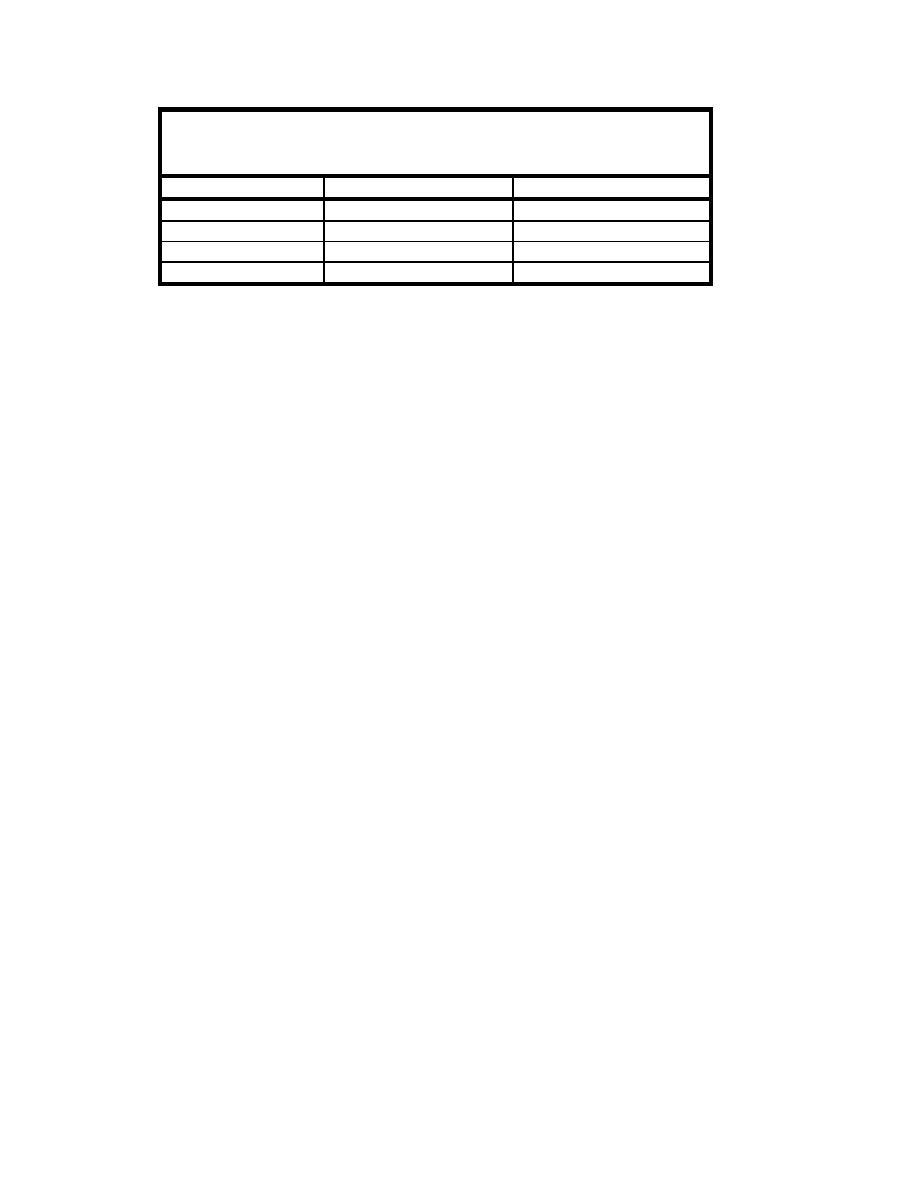
Table 2-4
Mean and Maximum Measured Tidal Current Velocities for Long
Island Sound (USEPA and USACE 2001)
Location
Mean Velocity (cm/sec)
Maximum Velocity (cm/sec)
Block Island Sound
37.4
156.9
Eastern third
38.8
136.2
Central third
28.1
91.5
Western third
23.6
110.7
Longshore sediment transport
The ebb tidal current runs from west to east along the Long Island north shore
(USEPA and USACE 2001). Wind-generated surface waves and wave-induced current
combine to produce a longshore current and associated longshore sediment transport. In
Long Island Sound, the predominant wind direction is from the northwest. Wind from
this direction dominates in the winter, when wind speed tends to be greatest and duration
tends to be longest. As a result of their longer fetch from the west as compared to the
east, waves approaching Mattituck Inlet and Goldsmith Inlet from the west will, on
average, tend to be larger and have longer duration than waves originating from the east.
Based on considerations of waves and currents, predominant direction of longshore
sediment transport for this study region is, therefore, from west to east. Storms can also
produce offshore transport of sediment from the headlands and cliffs during times of high
tide combined with storm surge. Bokuniewicz and Tanski (1983) conducted visual
observations of wave height, period, and angle of attack for the eastern portion of the
north shore of Long Island for the period 7-31 May 1981. They concluded that the
transport of sediment was consistently towards the east with the exception of the area
directly on the west side of Mattituck Inlet, where a local reversal in transport, to the
west, was observed.
Only a few estimates of the annual east-directed longshore sediment transport rate are
available for the vicinity of the study sites. Omholt (1974) calculated a longshore
transport potential of 96,000 cu yd/year and noted that the longshore current is not
carrying its full capacity of sediment. Leatherman et al. (1997) arrived at an east-directed
transport rate of 25,000 cu yd/year. This estimate was inferred through the analysis of
volume change of the accretion fillet west of the Goldsmith jetty as seen in historic aerial
photographs. Fields et al. (1999) estimated an east-directed net annual transport rate of
8,000 cu yd/year at Goldsmith Inlet by the same method. They note that this estimate
does not include sediment that may have moved through or around the jetty, and should
be considered a minimum net longshore transport rate to the east. This figure is,
therefore, an estimate of the annual accumulation rate of the fillet west of the Goldsmith
Inlet jetty. Fields et al. (1999) described the maximum potential error for their estimate
as +/- 35 percent (for a maximum fillet accumulation rate of 10,800 cu/yd year).
Bokuniewicz and Tanski (1983) discuss two estimates from other references that
were based on wave hindcasts. Of these, TetraTech (1979) calculated an annual net
longshore transport rate directed to the east of 9 x 107 kg/year. Here, this estimate is
converted to volume by the equation:
18
Chapter 2 Study Area and Physical Setting




 Previous Page
Previous Page
